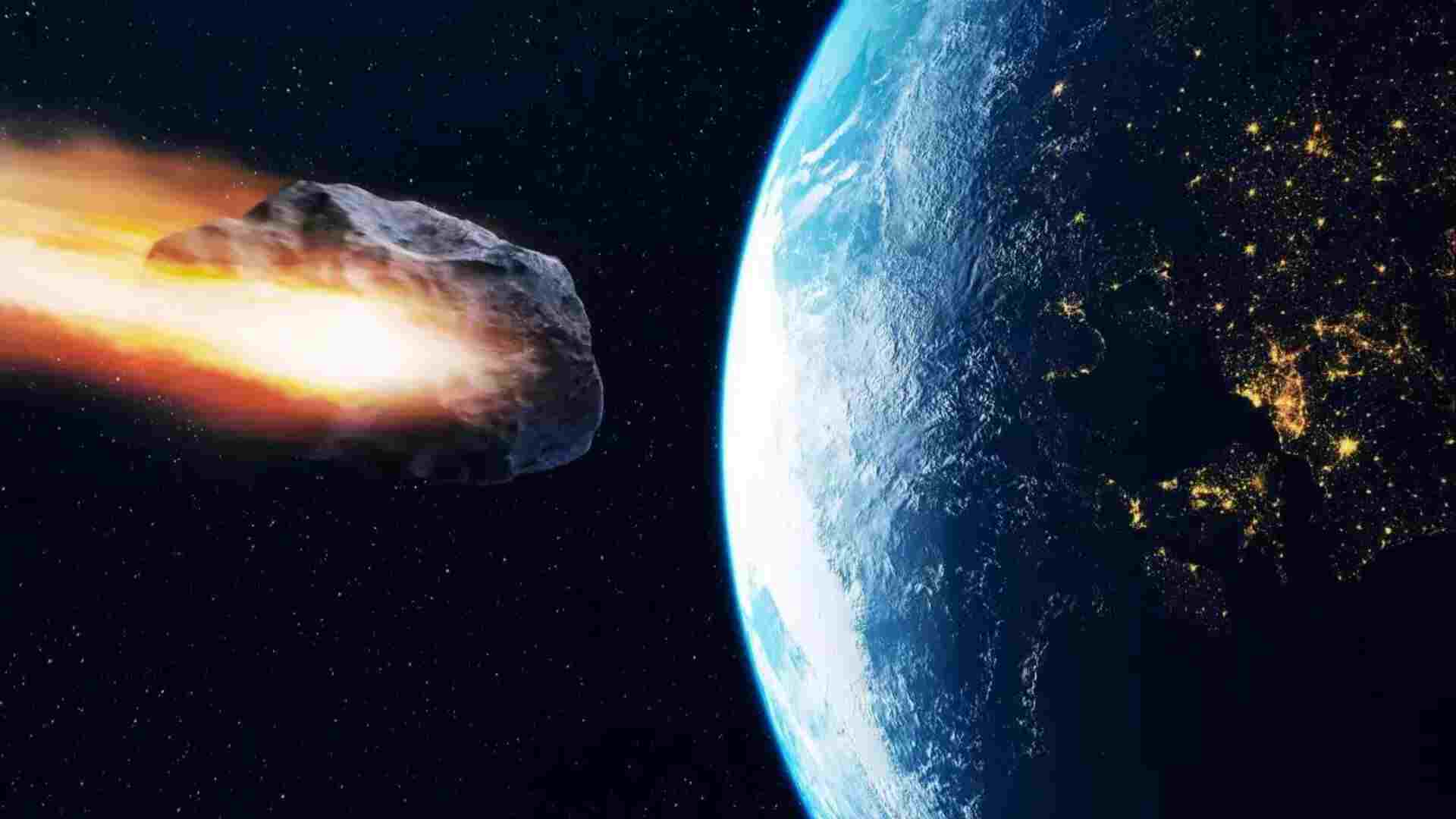An asteroid roughly the size of two football fields is scheduled for a close approach to Earth this month. According to the New York Post, the 720-foot-wide asteroid, designated 2024 ON, will pass by our planet at a distance of approximately 620,000 miles on September 15. Although this may seem like a vast distance, it is surprisingly close in astronomical terms—equivalent to just 2.6 times the distance between the Earth and the Moon. Despite this proximity, it poses no threat to our planet.
The Virtual Telescope Project notes that such a close encounter occurs roughly once every 10 years on average.
Skygazers in the northern hemisphere will have the opportunity to witness this rare and spectacular event, as the asteroid will be visible starting at 2:30 p.m. ET on September 15. The Virtual Telescope will offer a live feed of the event, and with clear skies, observers may also spot it using telescopes or strong binoculars.
This flyby of asteroid 2024 ON presents a unique and valuable opportunity for astronomers to gather essential data on its composition, velocity, rotation period, and orbital path. Such information is crucial for refining predictive models of Near-Earth Objects (NEOs) and enhancing our understanding of the complex dynamics of the solar system.
As NASA explains, asteroids are remnants from the formation of the solar system 4.6 billion years ago. “Not all asteroids are the same size and shape,” NASA notes. “Because asteroids are formed in different locations at different distances from the sun, no two asteroids are alike.” While most asteroids are composed of various types of rocks, some contain clays or metals, such as nickel and iron.
NASA maintains a continuous watch on near-Earth objects (NEOs) and updates a database tracking their trajectories. Asteroids with diameters larger than 150 meters (492 feet) and that come closer than 4.6 million miles (7.4 million kilometers) are classified as potentially hazardous asteroids (PHAs).
In its ongoing mission to study and mitigate potential asteroid threats, NASA is developing asteroid deflection technologies. The Double Asteroid Redirection Test (DART) mission aims to test the feasibility of using a kinetic impactor spacecraft to change the course of an asteroid in space.























